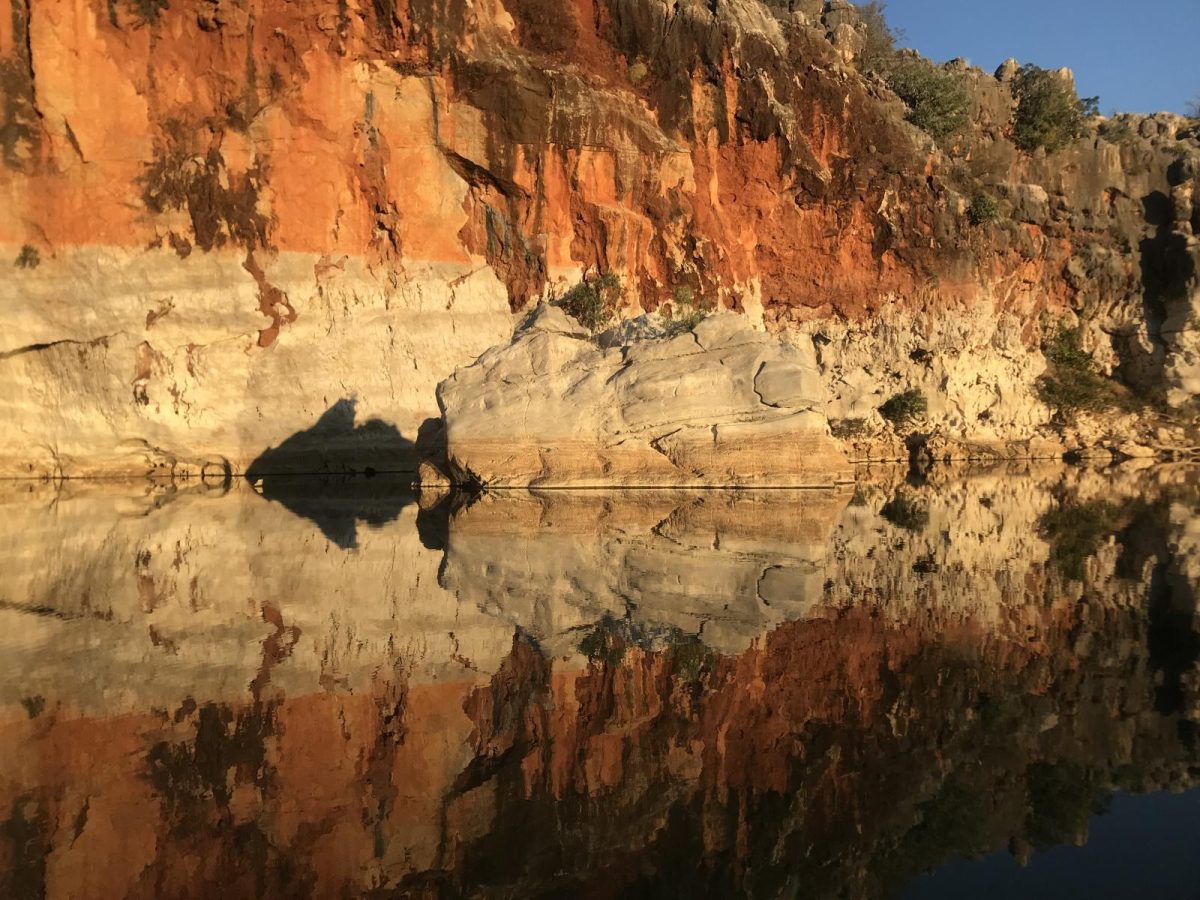Healthy skin

Skin conditions and infections can be a contributing factor to a range of illnesses, including renal disease, rheumatic fever and rheumatic heart disease. Recognising the problems caused by skin infections in Aboriginal and Torres Strait Islander communities, in the late 1990s the CRC for Aboriginal and Tropical Health (CRCATH) funded research aimed to reduce the prevalence of scabies and skin sores.
The research, undertaken at Menzies School of Health Research by Dr Shelly Watson and CRCATH Program Leaders Professor David Kemp and Dr Bart Currie, showed that human scabies mites were different from those infesting dogs in scabies endemic communities in the Northern Territory. This allowed the researchers to focus on the treatment of humans, rather than on dogs as had previously been the case. The results of the research eventually resulted in a change of policy regarding the management (and culling) of dogs.
Furthering this work, a feasibility study led to an integrated effort to tackle scabies and related infections. The biomedical research was complemented by audience appropriate information packages, such as flip charts for scabies management that were distributed to affected communities. This was the beginning of the Healthy Skin program, which Professor Michael Good AO regards as a project that exemplifies the ethos of the Lowitja Institute associated CRCs: “It brought together, not just the scientist stuff, like what I was doing, it brought together epidemiology, it brought together community awareness and… nurse education of communities.”
The work endures into current practice. Dr Asha Bowen from the Telethon Kids Institute recently used the resources developed by the CRCATH project as part of her PhD work on skin sores, and worked on an update to the flipchart as part of the work on the National Healthy Skin Guideline: for the Prevention, Treatment and Public Health Control of Impetigo, Scabies, Crusted Scabies and Tinea for Indigenous Populations and Communities in Australia. The guideline was supported by HOT NORTH and Wesfarmers Centre for Vaccines and Infectious Diseases.
“The flipchart was used throughout the skin sore trial to train staff doing the recruitment in how to recognise skin conditions. It was a valuable tool for people who had never seen skin sores or scabies before.”
The 2009 edition of the Recognising and Treating Skin Conditions: Flipchart informed the update collated by the Telethon Kids Institute. “The Lowitja Institute was supportive of continuing the knowledge, and we hope to build further on this work into the future” said Dr Bowen, speaking about the updated resource.
Dr Bowen noted a role for Aboriginal and Torres Strait Islander led research moving forward, particularly into the social and cultural determinants of health. “You don’t need research to show that [household] overcrowding is a problem for skin conditions and poor health outcomes – but research and evidence can and does help support change to policy and service delivery.”
Visit the Healthy Skin project page for more information about the CRC and Lowitja Institute work, and the Telethon Kids Institute website for the National Healthy Skin Guideline and associated resources.

